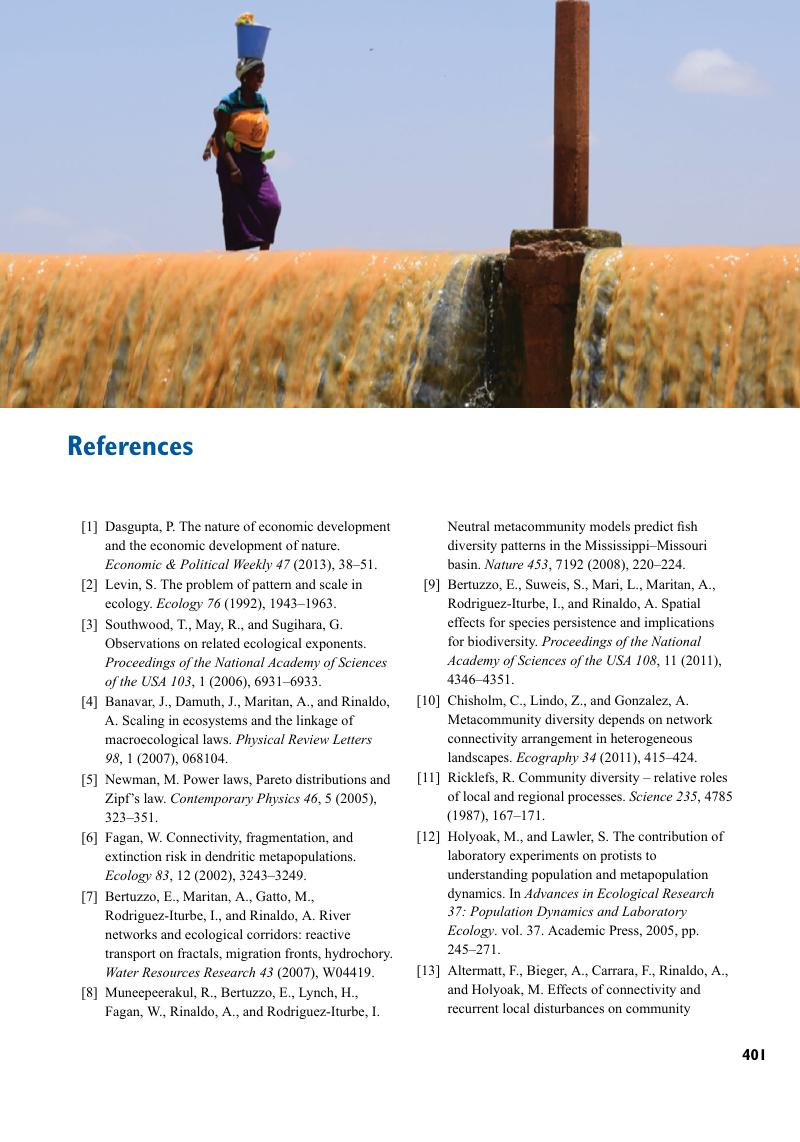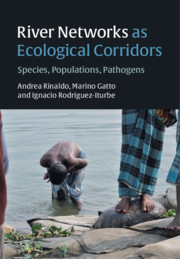References
Published online by Cambridge University Press: 01 October 2020
Summary

- Type
- Chapter
- Information
- River Networks as Ecological CorridorsSpecies, Populations, Pathogens, pp. 401 - 431Publisher: Cambridge University PressPrint publication year: 2020



